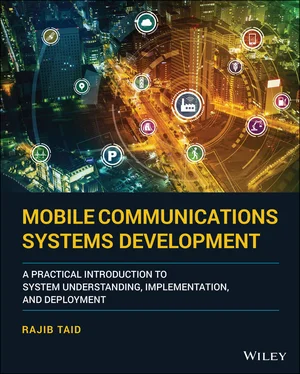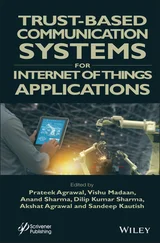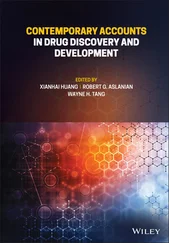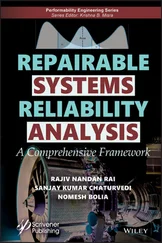Routing of User Data by the HPLMN
In this interoperation arrangement, Figure 6.11, the roaming user data is routed from the VPLMN ’ s S‐GW back to the HPLMN packet data network (PGW) gateway. This means that a roaming user has access to the HPLMN ’ s services and resources from the VPLMN.
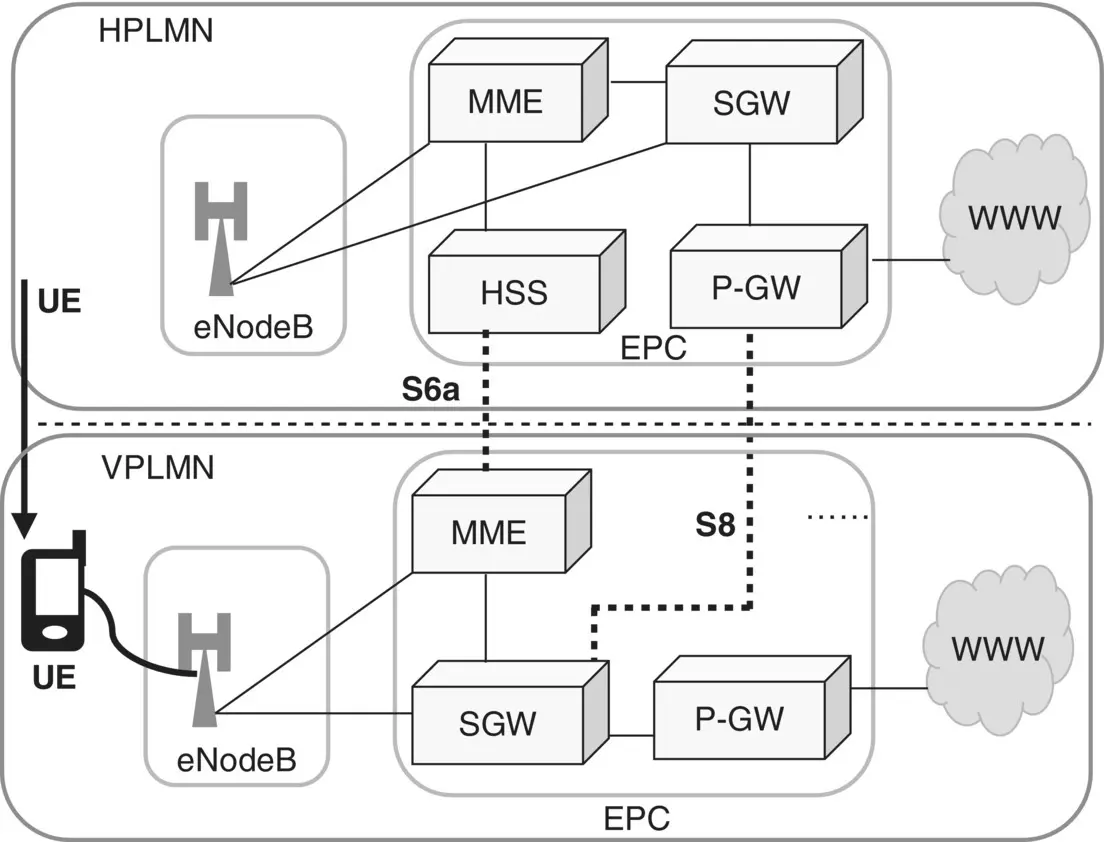
Figure 6.11 LTE/EPS Roaming: routing of user data by the HPLMN for roaming user.
To route the roaming user traffic by the HPLMN, the VPLMN S‐GW and the HPLMN PGW are interconnected through the S8 logical interface as shown in Figure 6.11. S8 interface uses the GTP to tunnel user data from the VPLMN S‐GW to HPLMN PDN. Apart from this, the HSS of the HPLMN and the MME of the VPLMN are interconnected through the S6a interface through which the UE ’ s current location and also the subscriber ’ s information are exchanged between them.
In Figure 6.11, the thin dashed line represents the boundary that separates the HPLMN and the VPLMN. The arrow represents that the UE has left its HPLMN and registered with the VPLMN.
Routing of User Data by the VPLMN
In this interoperation arrangement, Figure 6.12, the roaming user data is routed by the VPLMN PGW gateway to the external PGW.
Unlike the previous scenario, Figure 6.11, no user data is routed back from the VPLMN to the HPLMN. Because of this, it is also known as the local breakout, refer to TS 23.401 [39], roaming scenario. Also, the Policy and Charging Rules Function (PCRF) deployed at the HPLMN and VPLMN requires to exchange of subscriber and policy control‐related information between them over the S9 interface. The PCRF is the centralized policy and charging‐related control network element that is part of the LTE/EPC; refer to Figure 1(b) TS 23.002 [29]. PCRF works based on the subscription information of a user and supports both the roaming and nonroaming users. PCRF meets the charging requirement of different categories of subscribers, for example, volume‐based, time‐based charging. PCRF may deny the information flow of a subscriber based on its subscription profile.
For a roaming user whose traffic is routed by the VPLMN, the UE has two associations with both the home PCRF (HPCRF) and visited PCRF (VPCRF). HPCRF and VPCRF exchange policy and charging‐related information for a particular subscriber and its profile. PCRF has a couple of logical interfaces toward other servers/nodes to perform various functions and requirements. Typical functions include the charging, policy enforcement, QoS control, usages monitoring, user traffic congestion detection, and mitigation at the radio access network level. For more information on PCRF, its reference architecture, and logical interfaces, refer to TS 23.203 [33].
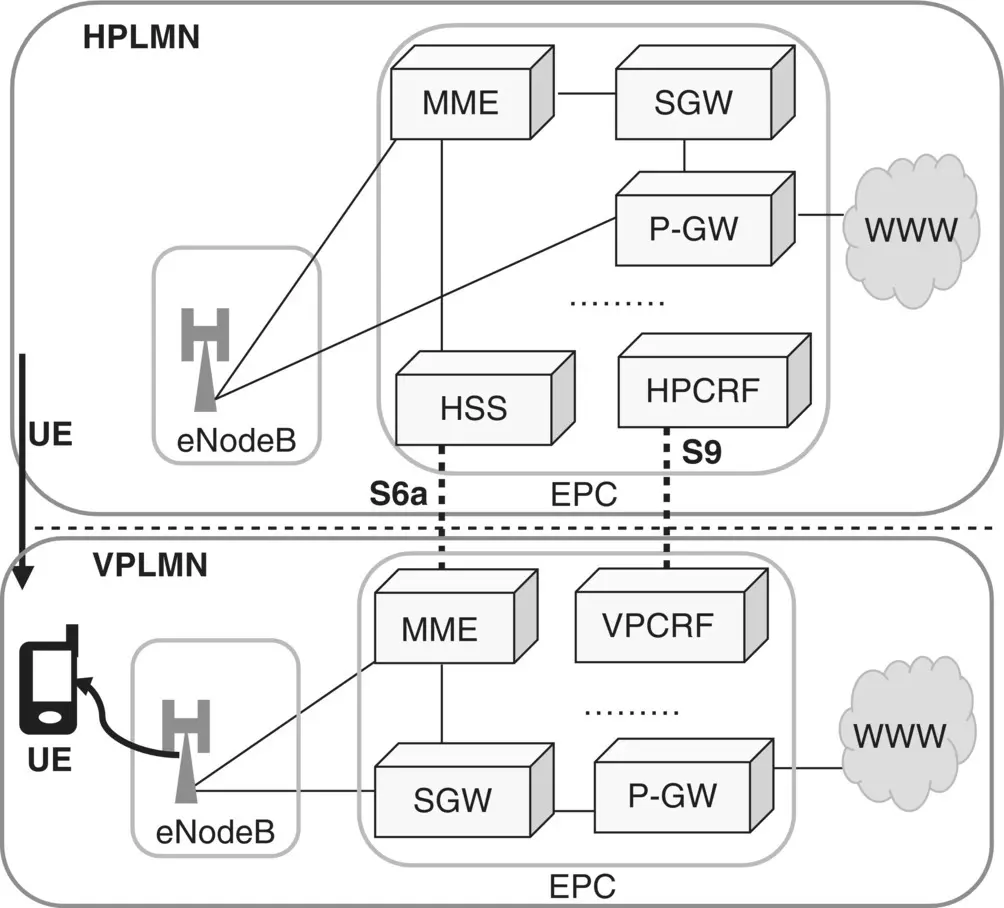
Figure 6.12 LTE/EPS Roaming: routing of user data by the VPLMN for roaming user.

Figure 6.13 Roaming through interoperation of legacy network elements.
Source: © 2015. 3GPP ™ TSs and TRs are the property of ARIB, ATIS, CCSA, ETSI, TSDSI, TTA and TTC who jointly own the copyright in them. © 2015, 3GPP.
6.5.2 Roaming Through Interoperations of Legacy Networks Elements
This interoperation arrangement, Figure 6.13, which is reproduced from TS 23.401 [39], is similar to the one shown in Figure 6.11, except that the legacy GPRS and UMTS SGSN with the Gn interface capability are deployed by the VPLMN operator. Also, both the VPLMN SGSN and the HPLMN PGW are connected through the Gp interface. The roaming user data is routed from the VPLMN S‐GW back to the HPLMN PGW gateway, i.e. a roaming user has access to the HPLMNs services and resources from the VPLMN. The VPLMN S‐GW and the HPLMN PGW are interconnected through the same S8 logical interface ; refer to TS 23.401 [39].
In the previous sections, we have described the interworking scenarios that allow the coexistence of the legacy GSM, GPRS, UMTS with the LTE/EPS, and IMS networks. Interworking and interoperations provide communications services within a PLMN or between PLMNs for roaming users. The ability to provide a particular communications service to a subscriber through interworking and interoperations of networks depends on the capability, e.g. multiple radio access technologies (RAT), of a particular UE/MS and its network configurations. Based on its capabilities, a UE/MS may operate in a particular mode or more than one mode at a time.
Mode of operations
Table 6.2summarizes the mode of operations that an MS/UE can operate within the GPRS, UMTS, and LTE/EPS systems. For more details on the individual mode of operation, refer to TS 24.301 [46] and TS 23.060 [31]. A mode of operation determines the availability of types of services, i.e. CS or PS, to a UE.
The capabilities of an MS/UE are specified in terms of its ability to provide either the CS service or PS service at a time only or both the types of services at the same time to a subscriber. For these purposes, an MS/UE should be able to register itself with the CS domain and PS domain core networks simultaneously. In addition to this, for an E‐UTRAN UE, it should also support multiple RATs to provide communication services through the legacy networks in case the IMS is not available/interfaced with LTE/EPC. UE mode of operations in the case of the 5G system has been described briefly in Section 6.4.
How an MS/UE provides its mode of operation to the CN: Domain Preference
To facilitate voice or data services to a subscriber in a GPRS/UMTS and LTE/EPS network, an MS/UE provides its mode of operation preference under the Attach Type IE in the ATTACH Request message, TS 24.301 [46], TS 24.008 [45], that is sent to the core network. In a GPRS/UMTS and LTE/EPS network, the MS/UE sets the Attach Type IE to GPRS Attach and EPS Attach only to enable the PS services only. Similarly, in a GPRS/UMTS and LTE/EPS network, the MS/UE sets the Attach Type IE to Combined GPRS/IMSI attach and Combined EPS/IMSI attach to enable both the voice and data services to a user.
Table 6.2 GPRS, UMTS, and LTE UE mode of operation.
| System |
MS/UE Mode of Operation |
Purposes |
| GPRS |
Class A |
MS registered with CS and PS domains, for voice and data services at the same time. |
| Class B |
MS registered with CS and PS domains. Either voice or data service is possible at a time. |
| Class C |
MS registered with PS domain only, for data service is possible. |
| UMTS |
CS/PS Mode |
Similar to GPRS Class‐A mode. |
| PS Mode |
Similar to GPRS Class‐C mode. |
| CS Mode |
UE registered with CS domain only, for voice service. |
| LTE |
PS Mode 1 |
UE registered with the EPS network only. UE ’ s usage is a voice‐centric service only. |
| PS Mode 2 |
UE registered with the EPS network only. UE ’ s usage is a data‐centric service only. |
| CS/PS Mode 1 |
UE registered with EPS and CS domain legacy networks for EPS and non‐EPS services. UE ’ s usage is voice‐centric service only. |
| CS/PS Mode 2 |
UE registered with EPS and CS domain legacy networks for EPS and non‐EPS services. UE ’ s usage is data‐centric service only. |
A UE ATTACH Request contains an optional IE: Voice domain preference and UE’s usage setting, refer to TS 24.301 [46], TS 24.008 [45], using which a UE can provide additional information on its corresponding mode of operation to the core network. Using the optional IE: Voice domain preference and UE’s usage setting, an E‐UTRAN UE indicates its CSFB (to the legacy 2G or 3G network for a voice call) capability in case the network or the UE does not support VoLTE call or the UE fails to registers with the IMS.
Читать дальше
